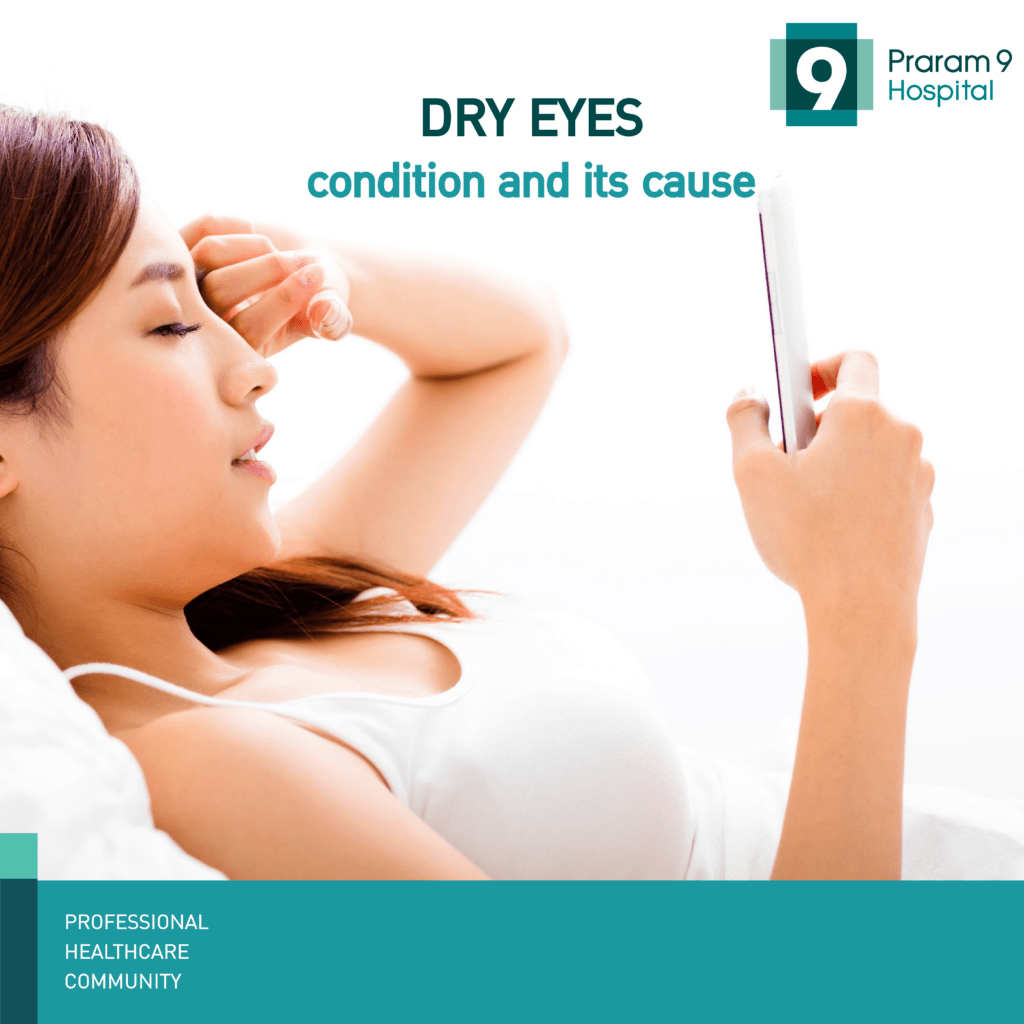Health Articles
Knowledge
Dry eyes condition and its cause

Dry eyes condition and its cause
What is dry eyes condition?
Dry eyes condition is a condition where by the eyes does not have sufficient tears to keep the eyes moist. This condition can be connected to 2 main reasons, the decreased quantity of tears the glands produces as we grow older or the tears that are being produce is of poor quality. The human tears consist of many substances such as water, fatty acids and mucous membranes which is a concoction that covers the surface of the eyes to keep them moist at all times. Moreover, the tears also have the special properties that can help to protect the eyes against infection as well.
What causes dry eyes?
Dry eyes can be uncomfortable and even painful to some extent. Having dry eyes from prolong period of time can cause negative effect such as eye pain, blurry vision and make the eyes more susceptible to infection. Here are several causes of dry eyes which includes:
1. Meibomian glands dysfunction (MGD) which is a gland located at our eyes lid which has the function of producing the tears for the eyes.
2. Wearing contact lens can cause dry eyes after sometime.
3. An unbalance hormone level in the body which causes the quality of the tears produce to be lower. Women are easier to be affected by this more than man.
4. Dry eyes can also be cause by eyes allergy from environmental factors such as air pollution, dust and smoke.
5. Daily activities such as staring at a computer monitor for too long or using smartphones for an extended period can cause the eyes to be dry as we subconsciously forgot to blink.
6. The use of certain type of medication can cause dry eyes as well. Medication such as birth control medication, medicine for allergies and antidepressants.














